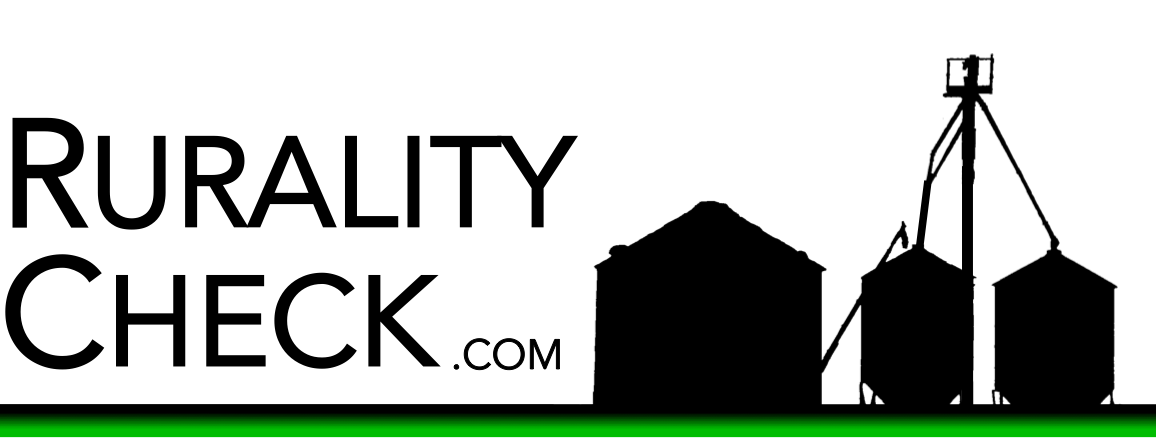
As legislative bodies get rolling after the new year, we will hear a lot about cost of living and its impact on Americans, particularly “hardworking Americans.” Cost of living is not the sexiest political topic, but it is important because it is “baked into” many of our policies.
Policies aimed at helping people make ends meet—whether Social Security or need-based programs for the poor—often take the cost of living into account. Typically, such policies set funding levels using some sort of average cost of living, whether statewide or nationwide. Two examples are housing policy and anything concerning the “poverty line”—these “means-tested” programs take averages (“the mean”) into account.
Means-tested programs have an oh-so-lovely quirk, though: as costs of living increase, funding levels are often set to match. That means the tax base has to increase, too. That increase in funding is known as a cost-of-living adjustment, or CoLA.
Debates about these increases are often phrased in compassionate language about helping the poor or the otherwise needy. In more concrete terms, much of the debate centers on inflation. Some of it, though, is based on other costs of living that are more sensitive to demand, like rising housing prices. (Of course, inflation reflects demand, just more indirectly.) To make a long story short, different people prefer different flavors of CoLA.
We’re going to introduce a new flavor of CoLA.
Importantly, the single biggest difference in cost-of-living figures across a state or nation is housing costs. Typically, these costs are starkly different between rural and urban areas. More urban states or counties have higher costs of living than more rural states or counties, due largely to differences in real-estate prices, or rents.
Housing prices are driven by demand, of course, so as more Americans move to cities, the already high housing prices there skyrocket. As a result, the “average” cost of housing increases across the population, simply as a product of redistributing our citizens geographically.
And as the average cost of housing increases, the government recalculates the average cost of living. That affects the levels of our government’s payouts. And our taxpayers’ financial burden.
A key ingredient in our new flavor of CoLA is the idea—simultaneously radical and commonsense—that where to live is a choice. It might not be a pure choice, or a casual choice, but it is a choice. Said another way, no one has a guaranteed right to live in any one place, especially an expensive place.
At a root level, our current system subsidizes people’s choices. As more people choose to move to cities, and as the average cost of living increases state- or nationwide, everybody is on the hook for paying out more in social programs. When all is said and done, some people’s choices to live in high-rent areas affect the taxpayers’ bills, regardless where the taxpayers live.
Here’s a question: why should the people who stayed in rural areas be on the hook for the increased average cost of living statewide, which is driven in no small part by urban migration?
Here’s part of an answer: instead of mooring our definition of cost of living to some statewide or nationwide average, which is vulnerable to the effects of people’s choices about where to live, let’s set the cost of living to the low end of the spectrum, away from the top-end, urban explosion. This would serve as a kind of benchmark for housing, somewhat independent of the apparent Great Urban Migration, or the Great American Quest to Live near an Applebee’s and a Target.
Where is that low end of the housing market? Somewhere in rural America, it turns out.
This rural benchmark for costs of living would have hidden benefits, too. First, it would still allow us to increase payments due to inflation, which is almost universal across the economy. Also, and more important, as more people move to the metro area, and as the average statewide housing price (probably) increases slightly, the housing prices in out-state regions would grow more slowly, or even decrease. If we moored subsistence payments from the state government to costs of living in rural Minnesota, the tax burden wouldn’t skyrocket.
People would have a much tougher time making ends meet on government assistance in the city, too. Sound cruel? It isn’t. See, that lower amount of money is indeed sufficient to make it in this country, it turns out. Maybe some of the people on assistance would realize that fact and move to somewhere with a lower cost of living. Like a rural area.
“What? No Applebee’s?”
Fear not. Maybe—just maybe—the mere threat of a mass exodus from urban areas would be enough to affect the housing market. It occurs to me that many people who get subsistence payments from the government would be renters. Get enough of them to leave the high-rent cities, and the market might begin to fall. Then, the lower subsistence payments might go further in the city, too. Maybe.
Or, if you wanted to be a tax-and-spend liberal about it, the government could provide individuals with a one-time relocation voucher. People could apply to a program that would pay for costs associated with moving to areas with lower costs of living. Sound expensive? It would be, but we’d save more money paying out rural-level subsistence across the board in the long run, and maybe revitalize our rural economies in the process. Who loses?
Regardless, setting costs of living to match rural areas instead of more urban or suburban areas, or instead of to an average, is not arbitrary. It reflects economic reality. It reflects that living in a city is a choice. And an expensive choice, to boot. It reflects that forcing people who live in cheaper areas to pay for other people’s expensive choices is bad policy.
Actually, it’s worse policy than you might think. To add insult to injury, people living in low-cost areas often make less money than their high-rent counterparts. Statewide cost-of-living averages force out-state folks to pay for someone else’s high rent from their smaller paychecks.
So, where in rural America should we set this cost-of-living benchmark? Every state or nation has outliers, or places with abnormally low costs of living—let’s be fair and ignore them. Let’s ignore, say, the costs of living of the bottom ten percent of people. Then, let’s average, say, the costs of living of the rest of the bottom quarter of people, from the tenth to the twenty-fourth percentiles. That should reflect a good portion of middle America. That should minimize the effect of skyrocketing urban rents.
Think that’s arbitrary? Is it more arbitrary than the fiftieth percentile? I’d say it’s a start toward a policy based on economic realities of demand. That’s the flavor of CoLA that our government should be serving this upcoming year.
Bottom line: living in an urban area is not a right. Contrary to the common narrative, it’s not even economically necessary. As I’ve written elsewhere, claims about rural areas’ lack of jobs and unaffordable housing are suspect, to put it politely.
So, it’s time to stop absent-mindedly footing the bill for some of our citizens’ choices to pile on top of each other. If they want to do that, fine. If they want to adjust their own costs of living to reflect their demands, that’s fine, too.
But don’t make me pay for it, please. That’s not my cup of…CoLA.

P. A. Jensen is editor of RuralityCheck.com.
He lives in northern Minnesota with his wife and son.

